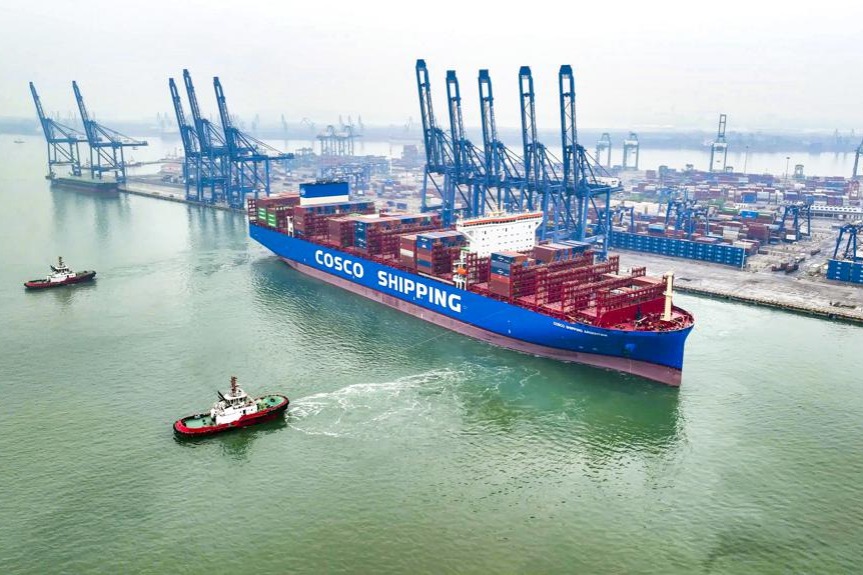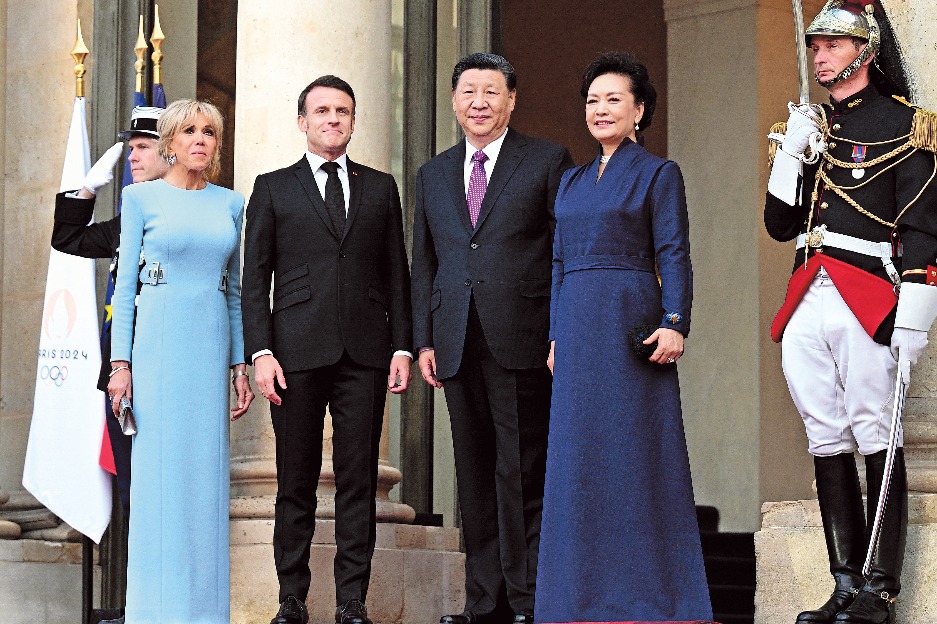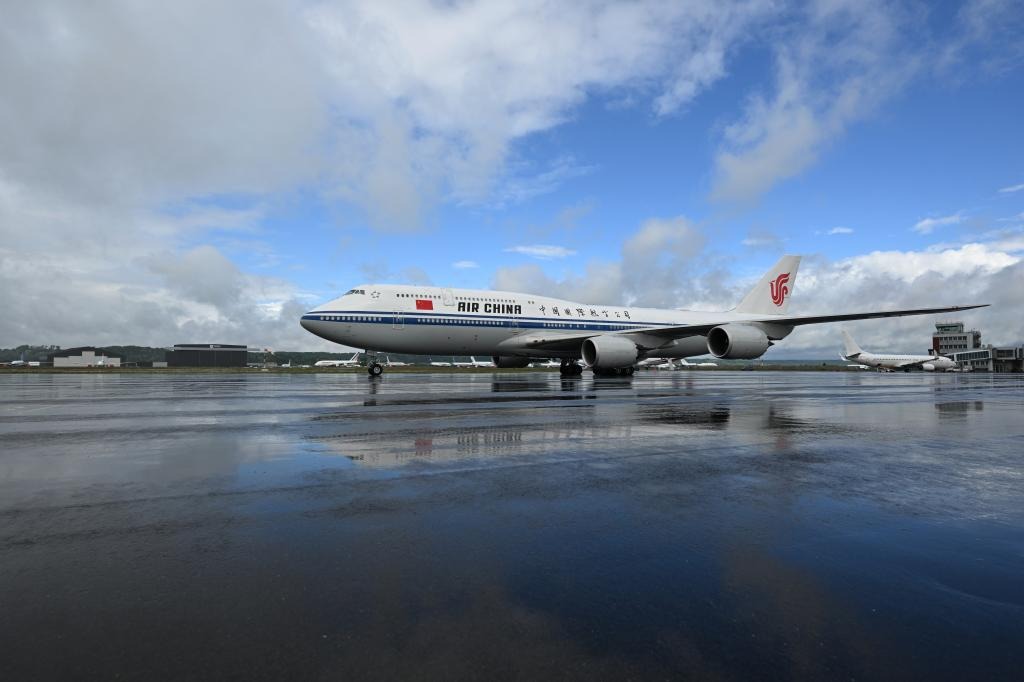Exporters casting gaze homewards
By HE WEI in Shanghai | China Daily | Updated: 2020-05-27 10:23

"Now e-commerce helps bridge us with smaller-scale merchants that were previously unattainable to us," he said. "They may start ordering socks of just 30 to 50 pairs each time, but given the sheer numbers, they constitute a stable source of income."
In a news briefing on April 10, Ren Hongbin, assistant minister of commerce, said the government will encourage strengthened cooperation between exporters and leading domestic e-commerce platforms by showcasing quality export merchandise to Chinese shoppers and accelerating their circulation in the domestic market.
But the transformation is by no means an easy feat. The first challenge lies in the different requirements by domestic and foreign customers.
"Under the previous model of doing bulk trading, we are fairly distant from end users so that we basically produce products based on what we are told. But now we need to be a lot more nimble and responsive to local customer needs," Ma said.
For businesspersons like Ma, the previously unexplored domestic retail sector offers a glimpse of the power of "data analytics"-the need to have a clearer picture of customer profiles, their predispositions and the timing and even tactics of new product launches.
Market knowledge is increasing thanks in part to a broader initiative launched by Alibaba called "2020 Spring Thunder Initiative", which aims to help small and medium-sized enterprises in China succeed during the trying circumstances of the novel coronavirus pandemic.
To achieve this, Alibaba is fostering 10 digitized manufacturing clusters with production output valued at tens of billions of yuan. The group hopes this will help some 1,000 factories realize direct-to-consumer sales of over 100 million yuan per factory within three years.
For 1688.com, it will facilitate export companies to set up virtual storefronts on its site, launch dedicated promotional campaigns to boost sales and help identify prospective buyers through digital presentations.
"The consumer insights we've obtained stand to provide invaluable advice on pricing, customer preferences, sales channels and marketing techniques. We also help merchants with destocking and devise popular items through special campaigns," Wang said.
Hai said a comprehensive command of customer needs buoyed by statistics has equipped him with much better market sensitivity, and such a data-driven approach is being applied and optimized within the plant's daily operations.
"Now we can cease producing unmarketable goods outright and add production capacity to those sought-after items. It helps us stay informed of market trends," he said.
Among value-added services offered by 1688.com, Wang said, are free online courses that systematically provide export-driven business owners with basic e-commerce know-how and logistics solutions that help companies handle random, scattered orders.
Li from Langtian Apparel approved of the "flexible manufacturing" model, saying the demand-driven approach not only helps chip away at stockpiles, but unexpectedly brings about a lasting and more enterprising change-a surge in profitability.
"Despite growing complexity in customer orders, all of our staff now prefer to do domestic sales because they generate far bigger margins compared with traditional OEM, or original equipment manufacturer-based foreign trade," said Li.
Zhong Jialiang, vice-general manager of Guangdong Jinhui Knife and Scissors, which mass produces on behalf of German kitchenware brand Zwilling, concurred that the status quo has propelled him to revisit the OEM model: manufacturing based on requirements and getting minimal margins.
"To be honest, we were initially forced to turn to the domestic market via e-commerce channels amid the pandemic. But our products are sold at much more lucrative prices at home than abroad," Zhong said, adding that profitability could potentially be many times higher in the domestic market compared with overseas sales.
"That's why we are about to change our business portfolio, from an even distribution of domestic sales and foreign trade, to 90 percent of sales targeting the domestic market," he said.
























